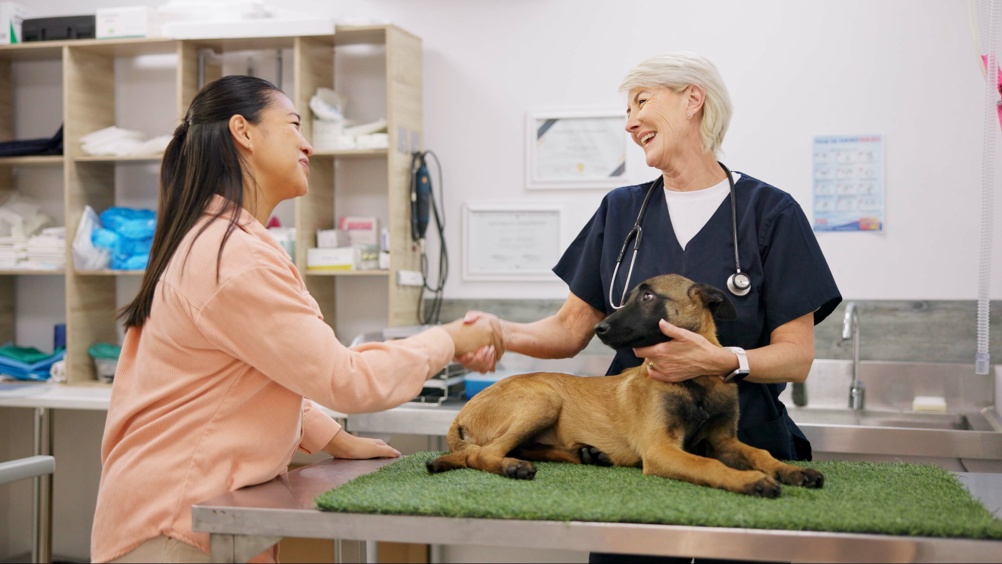References
Supporting clients and improving outcomes through diabetic nurse clinics

Abstract
Veterinary nurses can be instrumental in the management of diabetes mellitus in dogs and cats. Through understanding of the pathology and treatment, veterinary nurses can provide critical support to the veterinary surgeons, patients and owners through introductory, stabilisation and maintenance clinics. Owners will meet obstacles and share concerns, which the team should appreciate and address, providing personal support and guidance to optimise the quality of life of both the owner and the patient. The article equips veterinary nurses to add thorough and supportive nurse-led diabetic clinics to their consulting service.
Veterinary nurse (VN) led diabetes clinics will create more available veterinary time, increasing capacity for revenue from VNs and veterinary surgeons (VS), use VN knowledge and skills to promote job satisfaction and staff retention. They will also address real concerns of diabetic pet owners through provision of personal support. Two surveys from Niessen et al (2010; 2012) found that many of the most significant negative considerations for owners related more to the owner's quality of life than to the pet's: concerns around injecting insulin did not feature in the top 15 in either study (Table 1). Both surveys highlighted the lack of veterinary advice or support, with respondents feeling their veterinarian had a poor understanding or knowledge, particularly around diet and home monitoring of blood glucose (BG). A more recent study by Albuquerque et al (2020) also found advice lacking regarding how to recognise an unstable diabetic, diabetic remission, dietary change, hypoglycaemia or home blood glucose monitoring (HBGM), and some owners received no training or supervision around injection technique. The authors highlighted the importance of involving the entire veterinary team in the education of owners, with more use of veterinary nurses to address these gaps. Niessen's study (2012) concludes that there is no ‘average diabetic pet owner’, reminding veterinary professionals to take a tailored approach to each individual pet owner about the specifics of managing this disease, rather than relying on a standard protocol to suit all.
Register now to continue reading
Thank you for visiting The Veterinary Nurse and reading some of our peer-reviewed content for veterinary professionals. To continue reading this article, please register today.

